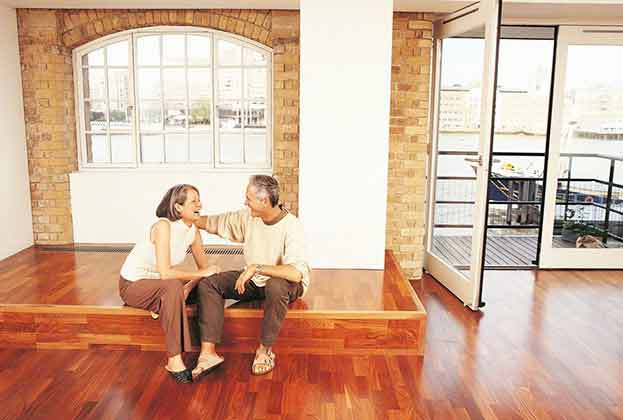Senior housing has become popular in recent years for the following reasons:
It is a way to provide greater diversification while avoiding fierce competition for highly-priced traditional assets. The less cyclical nature of this specialist property type is also appealing to investors. In addition to rental income, this management-intensive asset class also relies on services and catering revenues allowing for a diversified revenue model. Easy potential conversion into non-aged-restricted residential also offers downside protection. But most importantly investors’ interest is fuelled by the long-term secured income stream backed by significant demographic changes.
Most of the countries in the European region are currently among the world’s most aged. In the late nineteenth century, Europe was the first continent to enter the ageing population transition due to lower fertility and increased longevity. Since, the share of older persons (65+) in Europe nearly doubled, from 12% in 1950 to 20% in 2018, representing approximately one-fifth of the total population. In 2050, the percentage aged 65 years or over is projected to reach 36%.
Furthermore, the divorce rate in Europe more than doubled between 1965 and 2016 (from 0.8 to 1.9 per 1,000 persons), causing changes in the structure of families and triggering new living arrangements. The increasing number of individuals who live in single-person households is causing an overall lack of housing, hence pushing prices up, especially in large cities where the urbanisation trend is strong. In 2015, on average across Europe, 32.1% of the population aged 65 or over were living alone, compared with 14.4% across all age groups. Most European countries have the highest proportion of the elderly population living alone compared to the rest of the world. This is notably more prevalent in the northern or protestant countries, whereas in Mediterranean or catholic countries with traditionally tight-knit families are much more likely to live with their children.
In 2015, on average across Europe, 32.1% of the population aged 65 or over were living alone, compared with 14.4% across all age groups
Savills Research
However, even deeply anchored cultural habits are changing. Overall, the senior population is increasingly demanding more privacy and independence in their post-retirement stage of life. This new trend is notably driven by solid financial conditions. The senior population has a rising share of income compared with other demographic groups and thus increasingly high spending power. Between 2010 and 2017, the median equivalised net income of the population of 65 or over in Europe, increased by 19.6% against 16.9% for the total working-age population and 14.4% for the young population (18-24 years old). Although an increasing amount of their spending is now spent on leisure, the bulk of their spending remains concentrated on their housing expenditure.

Change in the median equivalised net household income between 2010 and 2017
Source: Eurostat
The growing number of senior population living longer with a high purchasing power spent largely on housing and the elderly people habits gradually moving towards independent living, both suggest senior housing in Europe is bound to expand the next 10 years and beyond.
Increased appetite from investors for senior has put downward pressure on prime yields over the past years. It remains competitive compared to standard residential units, or traditional commercial properties. On average, the yield discount that senior housing offers over other asset classes ranges between 100bps over prime multifamily and 66bps over prime CBD-offices. Additionally, the low interest rate environment across Europe offers an attractive yield spread of 294bps for prime senior housing properties.
The prime senior housing yield currently ranges between 3.5% and 5% for direct-let, depending on the country, location and quality of assets. As the sector is maturing, we expect further yield compression.
Read the articles within European Senior Housing below.
.jpg)
.jpg)


